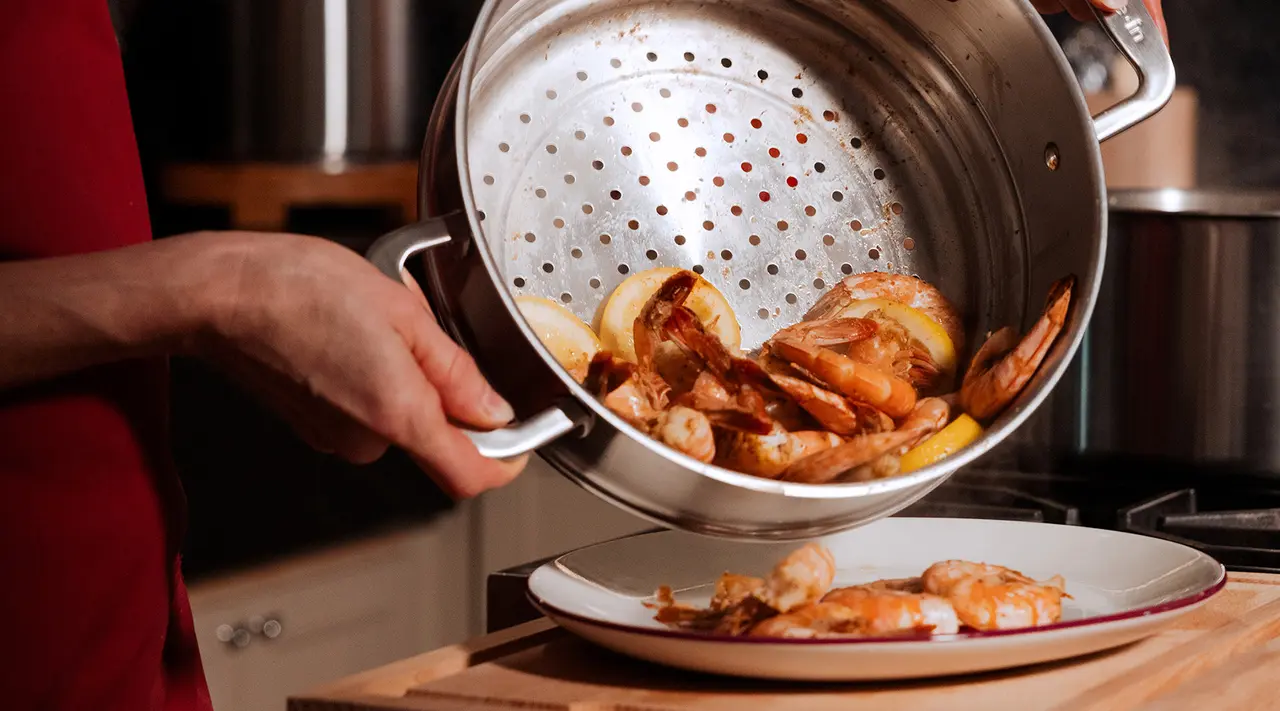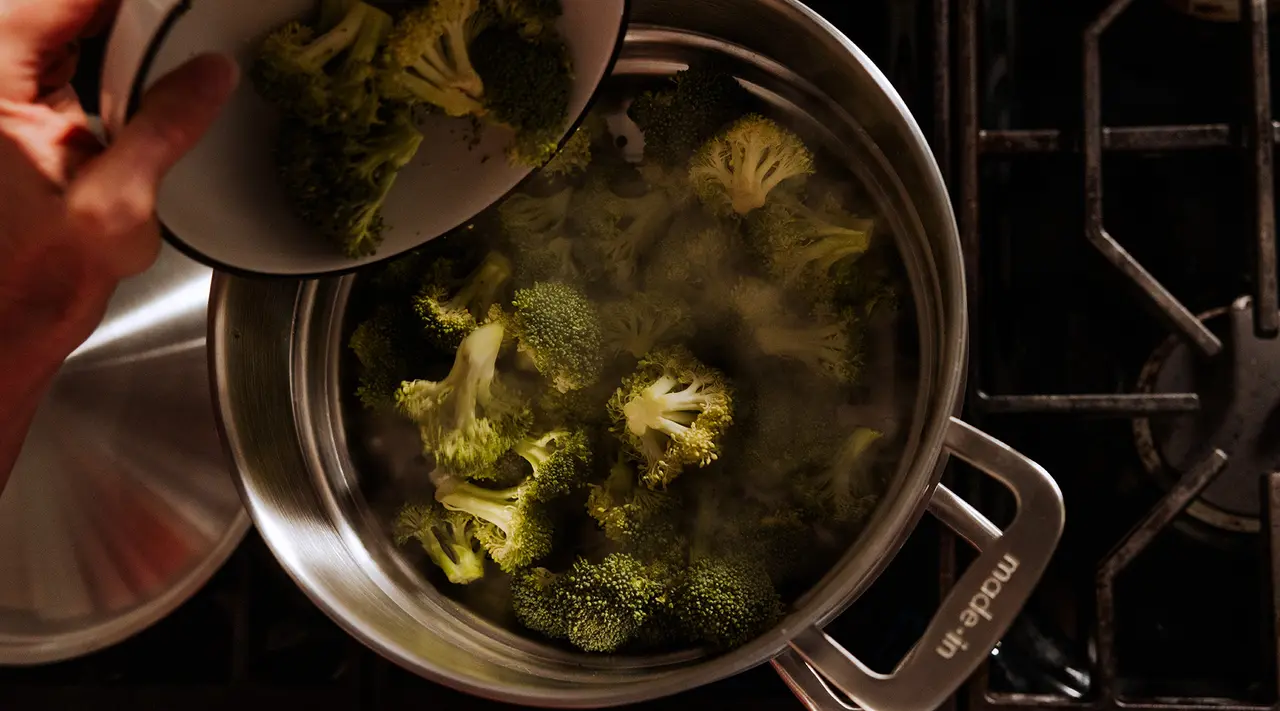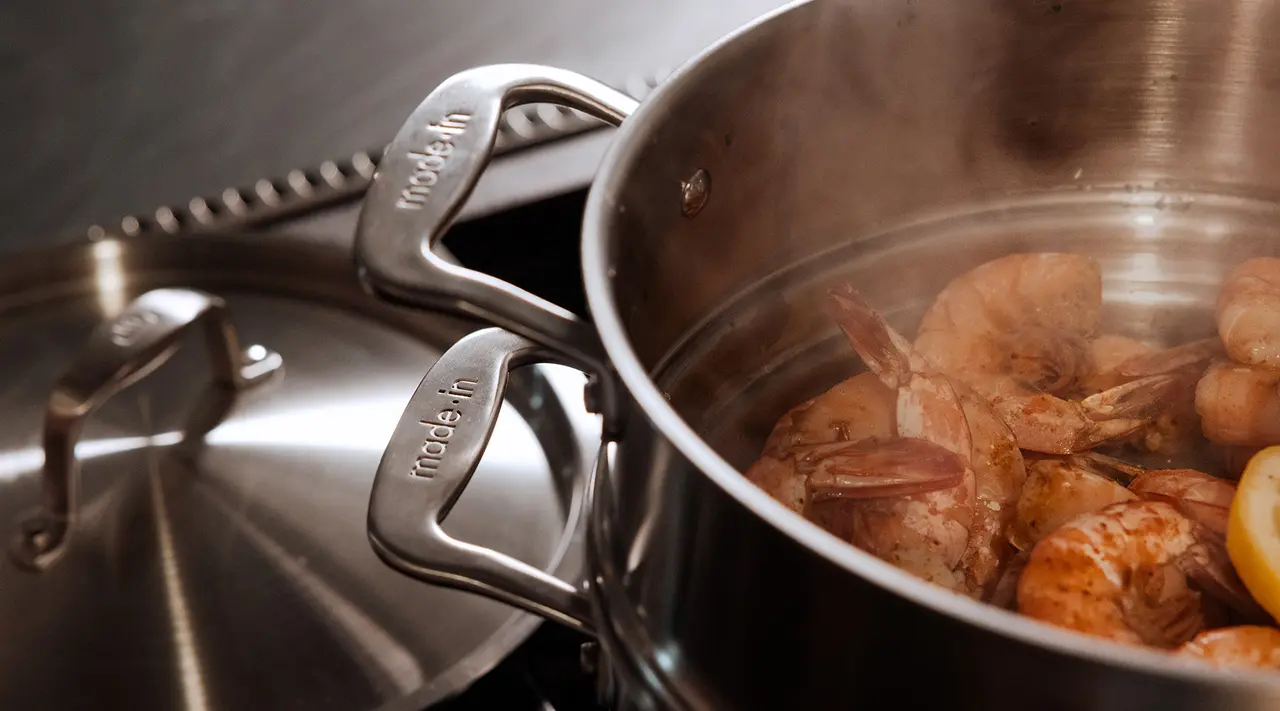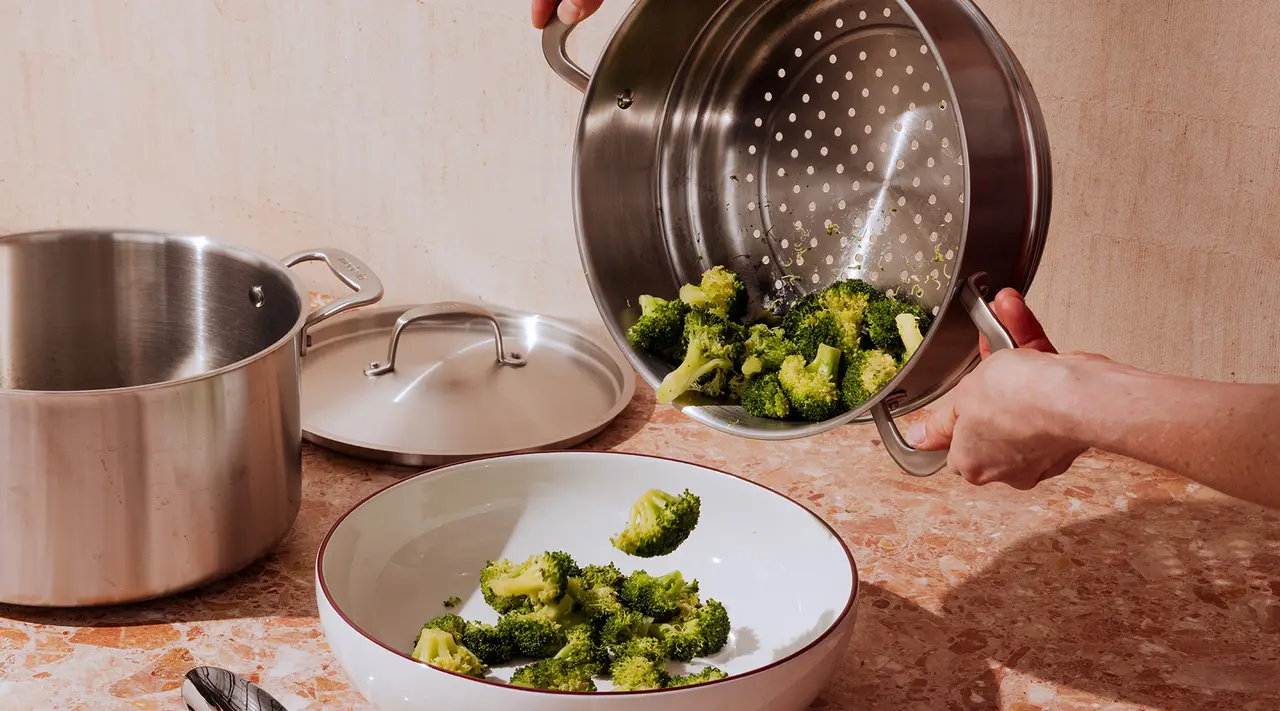Compared with juicy pan-seared steaks and crispy roasted vegetables, it’s hard to get excited about the idea of what can be bland, steamed food. Yet, steaming can be an asset when it’s done right: If you’ve ever eaten a juicy, perfectly chewy—or “QQ”—soup dumpling or flaky steamed fish at a restaurant, you’ve experienced this first hand.
Luckily, restaurant-quality steamed food is easy to replicate at home—and you don’t need an entire steamer setup to do it. Allow us to introduce the steamer basket: Lightweight, portable, and super adaptable, these nifty tools allow you to turn almost any pot or pan into a steamer. Here’s how they actually work.
What Is a Steamer Basket?

A bit like a shallower pasta insert, a steamer basket fits neatly into the top of a pot or saucepan of boiling water. While they’re often made of metal (ours is made of premium stainless steel), you can also find steamer baskets made of silicone or bamboo, as well as collapsible versions.
While you don’t always need a steamer basket to steam your food—you can make steamed mussels or lobster without one, for example—having one is essential in many cases, and especially so if you steam often. Compared to something like a sieve or strainer, a designated steamer basket holds food in a single layer, ensuring that every morsel cooks through evenly.
How to Use a Steamer Basket Properly

To set up your steamer system, fill a pot with about an inch or two of water, making sure that there’s plenty of space between the water and the steamer basket.
- Place your steamer basket into the pot, then bring the water to a boil.
- Once boiling, add your food to the basket in a single layer, cover with a tight-fitting lid, then reduce heat to a simmer.
- Make sure your food is in evenly-sized pieces to ensure that they cook at a consistent rate, and add items like carrots and sweet potatoes—i.e., those that take longer to cook—first.
While your food is cooking, try to avoid opening the lid every few minutes (or at all, if you can help it), as this allows steam to escape, and keeps your food from cooking properly. Always use an oven mitt when taking off the lid, as steam can cause severe burns.
What to Use A Steamer Basket For

While you could theoretically cook anything in a steamer basket, the most steamer-friendly foods are the ones that benefit from gentle, moist heat. Compared to methods like roasting or frying, steaming yields clean, simple flavors and softer textures, but that’s kind of what you’re going for here: think crisp-tender broccoli and bok choy, custardy sweet potatoes, and silky steamed eggs.
If you want to make steamed dumplings like gyoza, xiaolongbao, or shumai, but don’t have a bamboo steamer, you can easily swap in a metal steamer basket—just make sure to line it with cabbage leaves or parchment paper to prevent sticking. You can also steam fish and vegetables together for an easy one-pot meal, adding ingredients in stages depending on how long they take to cook.
How to Maintain Your Steamer Basket

Keeping your stainless steel steamer basket in good working condition is simple. First, always make sure to hand wash your basket, rather than putting it in the dishwasher: the latter uses high heat and harsh detergents, which can warp your basket and lead to water stains and corrosion. Additionally, make sure to dry your basket thoroughly and store in a non-humid environment to prevent rusting.
Ready to Shop?
Proper steaming is an easy skill to learn, and our new Steaming Basket makes it even easier. With plenty of room for cooking even layers of food, the Steaming Basket makes quick work of everything from pork belly to potstickers, especially when bundled with our 5-ply Stainless Clad Stock Pot for easy boiling and steaming.






























